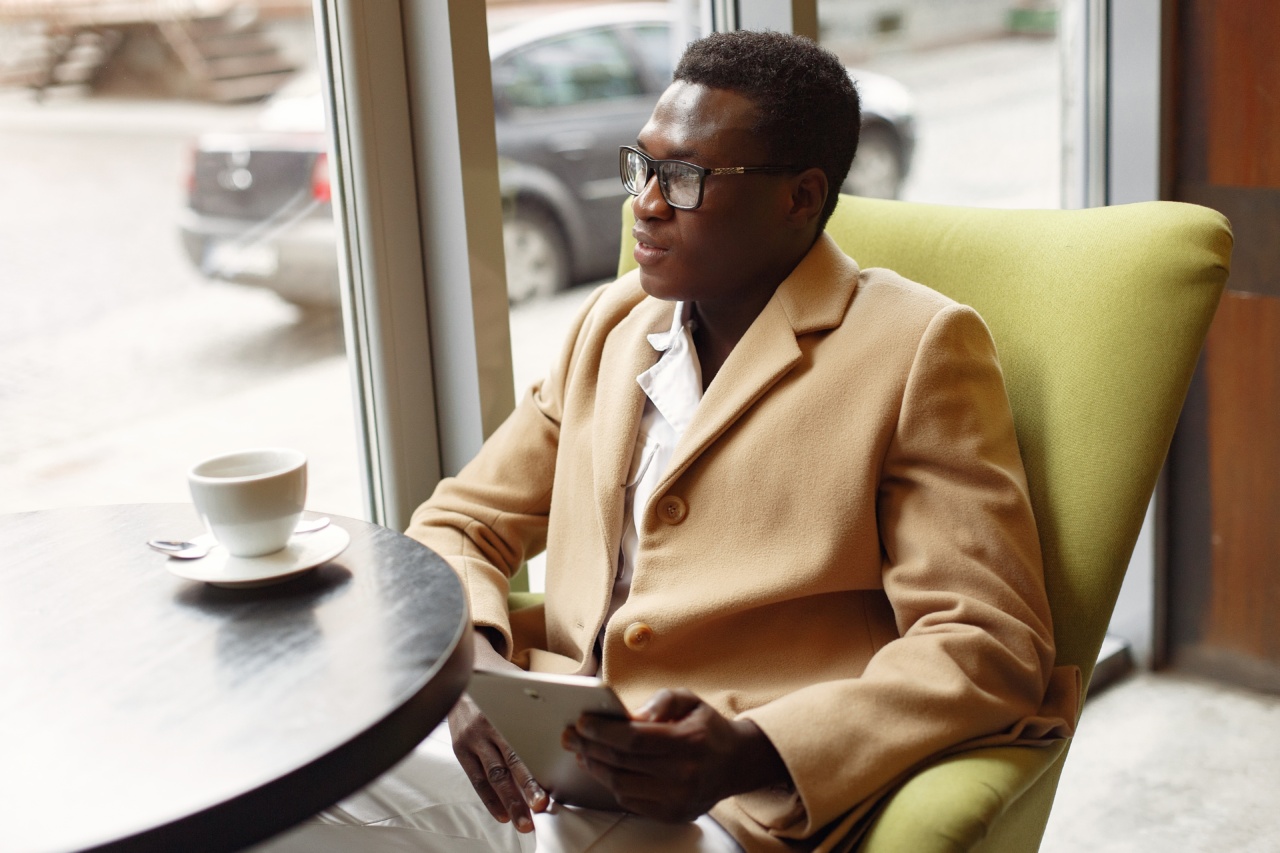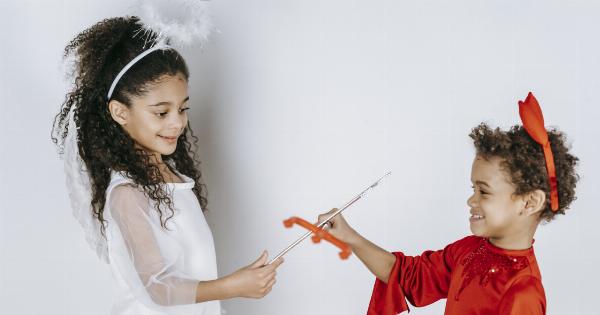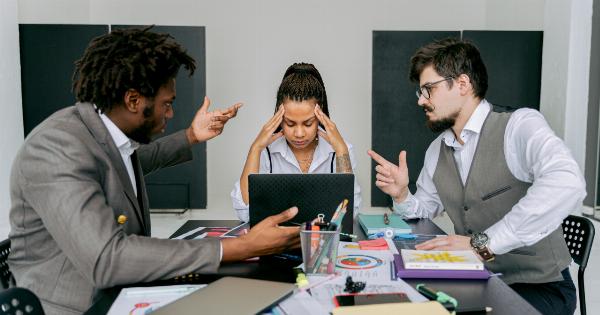Reading people is an integral part of our social interactions.
People communicate through both verbal and nonverbal cues, and the ability to understand these cues can make a significant difference in how we perceive others and the efficacy of our communication. For some, reading others can come naturally, while for others, it may be a skill that needs a bit of fine-tuning. In this article, we explore the concept of reading people, what it means and how you can develop and improve this skill.
What does it mean to read people?
Reading people, in simple terms, means the ability to gather essential information about a person through observation and analysis of both verbal and nonverbal communication.
It involves being able to correctly interpret and understand the messages being sent and being receptive to the subtle cues individuals give off. People’s nonverbal communication can include anything from facial expressions and body language to tone of voice, while verbal communication refers to words, phrases, and sentences said aloud.
Why is it important to master this skill?
Being able to read people has various benefits. Firstly, it can help you become a better communicator. By understanding nonverbal and verbal cues, you can accurately gauge a person’s state of mind and adjust your communication style accordingly.
This ability can enable you to develop stronger working relationships, make people feel comfortable, and avoid misunderstandings. Secondly, you can use it as a tool for personal development.
By interpreting nonverbal cues, you can gain valuable insights into how others perceive you, giving you the opportunity to improve your communication skills, emotional intelligence and relationships.
How can you improve your ability to read people?
Improving your ability to read people isn’t about developing a superpower; it is a skill that anyone can acquire with some practice. Here are some tips to help you become better at reading people:.
1. Listen effectively
Effective listening is essential for understanding verbal cues. To be a good listener, you need to pay attention to what the other person is saying, avoid interrupting, summarise their points and ask clarifying questions when necessary.
2. Observe body language
Body language is one of the essential cues in nonverbal communication. It involves things such as posture, gestures, and facial expressions.
Misreading nonverbal cues can lead to inaccurate interpretations of a situation, so it’s crucial to understand their significance.
3. Consider context
Context refers to the surrounding circumstances in which a situation occurs.
It’s essential to consider context, such as culture, social norms, and the current situation, as they can influence nonverbal communication and affect how messages are interpreted.
4. Use Empathy
Empathy involves putting oneself in someone else’s shoes, trying to understand their experience, challenges and emotions. Equipping yourself with empathy can help you better interpret nonverbal cues and avoid misreading them.
5. Practise active observation
Actively observing others can help you pick up on subtle cues that might be missed otherwise. Practise observing people in public places, watch out for nonverbal communication, and try to interpret what it could mean.
6. Read books and take courses
Reading books and taking courses on body language and nonverbal communication can help broaden your understanding and improve your ability to read people. This can be an effective way to develop and refine your skillset.
The result
As you embark on your journey to improve your ability to read people, remember that practice makes perfect. It’s not an overnight process but is a skill that’s worth honing.
Also, it’s essential to note that reading people shouldn’t be used for manipulation or deception, and it’s advisable to use your skillset always ethically.





























